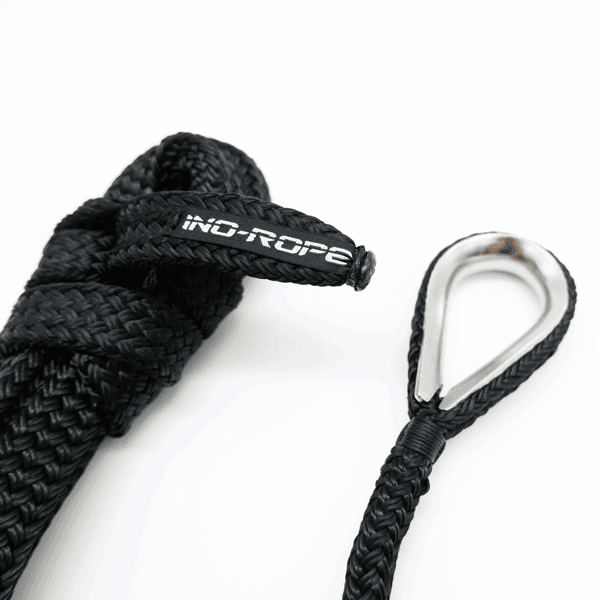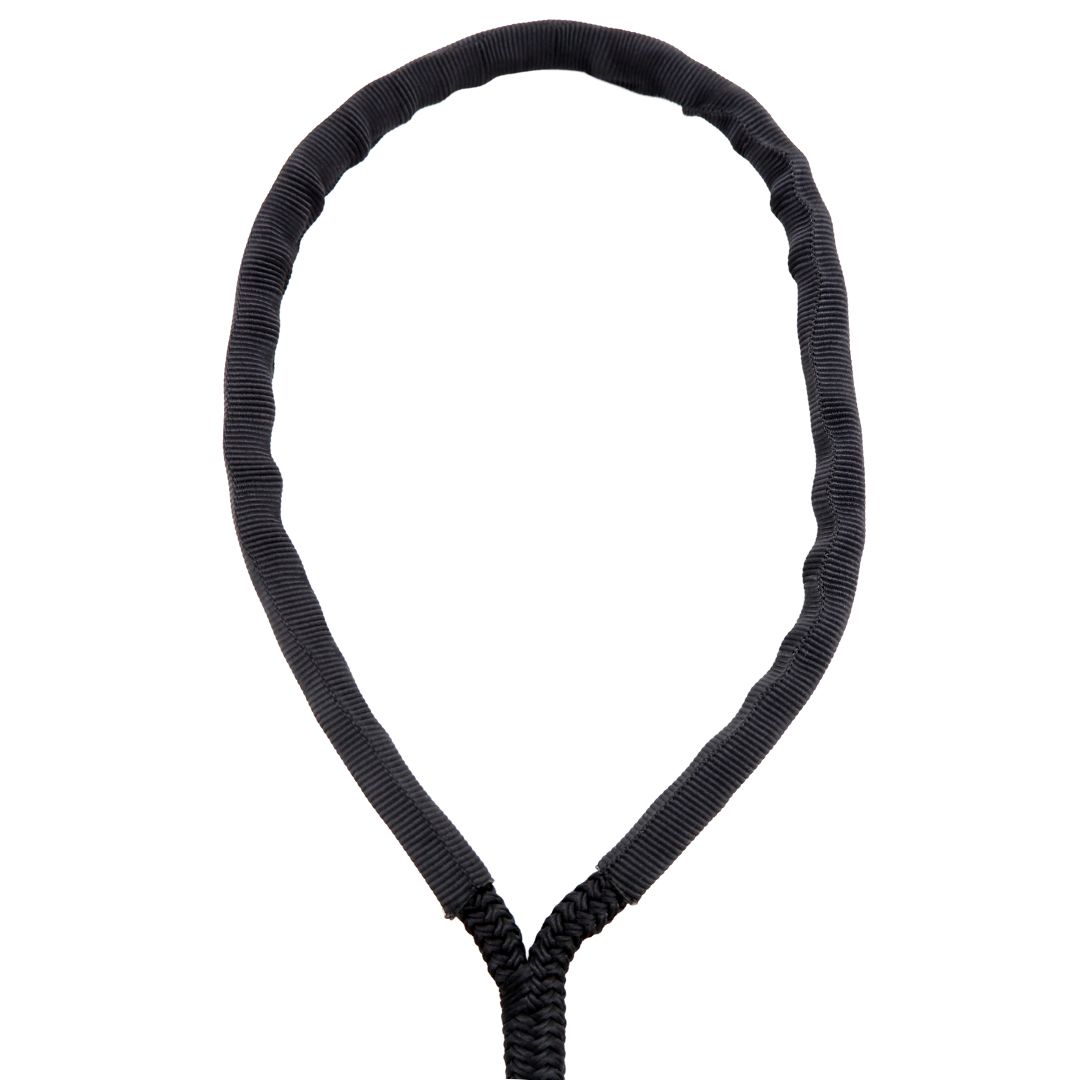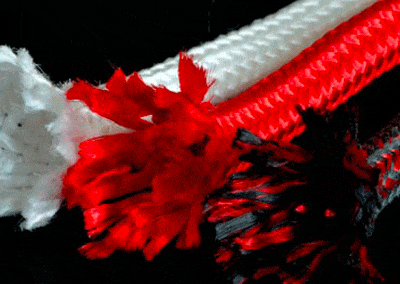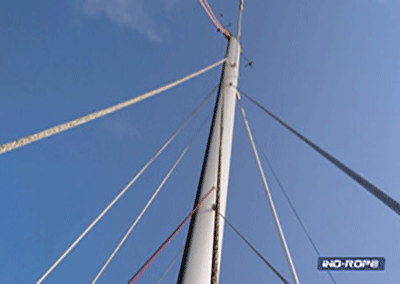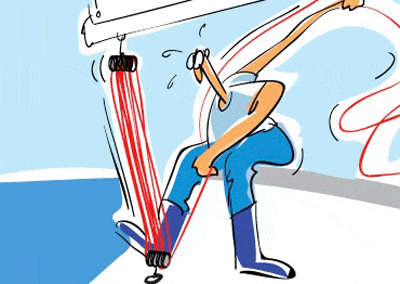
Purchase guide 4/4
Docking: good practice guide
Even if there are no good or bad situations, there are obviously some good and bad ways to moor your boat. Without meaning to be indignant with a stern finger and an accusing eye, a quick overview of the pontoons gives an idea of what not to do, to avoid, or on the other hand, to copy when docking.
Dock lines: they are not noodles!
For example, do not use your old halyards or sheets (or those of your sailing buddies) as dock lines. These ropes are not sufficiently elastic (even less so when they are worn) and may damage your cleats! Regarding cleats, forget about piling up cleat hitches (how could you release the dock line in case of emergency?). If this is to avoid leaving the running end on the catway, get up your courage: once your boat is properly docked, tie a knot on the cleat, the bollard, or the jetty ring, then take up the slack and adjust the tension on board.

Splice your dock lines!
The other solution is to have both ends of the dock line on board, which also makes it easier to cast off. However, this solution can cause a problem of “overloading” the cleats, especially if you do not have a central cleat for the spring lines. The ideal solution is to splice your dock lines: the loop of the eye splice can be put on the cleat or passed through the cleat using a lark’s head knot. In addition to its convenience and aesthetics (ease of docking, decluttering of cleats),the spliced eye offer a better resistance than a knot (knots create a loss of load).

A winch is not a cleat!
Without a central cleat (“small” boats are rarely equipped with one), it is tempting to tie spring lines on the winches or the shroud chainplates. It is not ideal, but sometimes there is no other option. In the first case, protect at least the winch drum with a cover. In the second, make sure that the spring line cannot move up along the turnbuckle. To reduce jolts, the use of dock line snubbers is highly recommended. Finally, regularly check the different chafing points, and be even more vigilant if your boat is moored in a rough harbour and remains afloat during the winter!

If your boat stays in the water for a long time, we recommend that you equip your dock lines with shock absorbers. This French-designed, highly resistant, innovative model (made of natural rubber) works in compression to improve shock absorption and to avoid breakage of the snubber.
Good practices

For easy fitting, the dock line passes around the “leg” of the cleat and back on board

A round turn and two half hitches and a standing part that is neither too long nor too short: simple and safe!

Water hose as line protection: It works as long as the pieces of hose cannot slip.

The loop is put around the cleat, passed through the cleat of the pontoon and tied with a cleat hitch. The rub strake protects the hull.
Bad practices

In order to quickly release the dock line, do not cross the cleat hitch more than once.

In the absence of a central cleat, it is tempting to tie the rope to the winch. We do not recommend it… but we like the bucket hat!
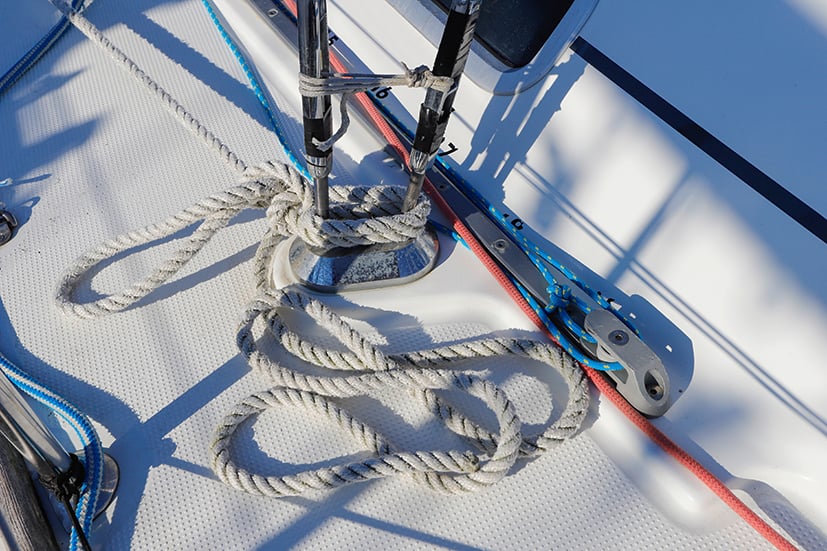
Tying the dock lines to the shroud chainplates is not an ideal solution: At least make sure that they do not move up to the turnbuckles’ body.

When there is no fairlead, you may be inclined to use the pushpit: this is the best way for it to break at sea under your weight.

Do not use your old halyards as dock lines: they are not sufficiently elastic!

The dock lines are too thin, the cleat is cluttered, it’s a mess and the deck edge is not protected…

Frayed dock line: splice its ends…. and don’t leave it on the catway!

Sharp angles, chafing, UVs and salt are your dock lines’ worst enemy.

Tie them up on appropriate mooring posts: it seems that a stanchion has already broken.

The knots are half done, the loop is close to jumping and the splice is not a proper splice!
-

-
 Double braid eye splice for docklines25,00 € TTC
Double braid eye splice for docklines25,00 € TTC -
 ⌀ de 10 à 18 mm3-strand polyester dockline1,69 € – 4,99 € TTC
⌀ de 10 à 18 mm3-strand polyester dockline1,69 € – 4,99 € TTC -
 ⌀ de 12 à 18 mmDockline polyamide core and polyester cover3,71 € – 7,15 € TTC
⌀ de 12 à 18 mmDockline polyamide core and polyester cover3,71 € – 7,15 € TTC

